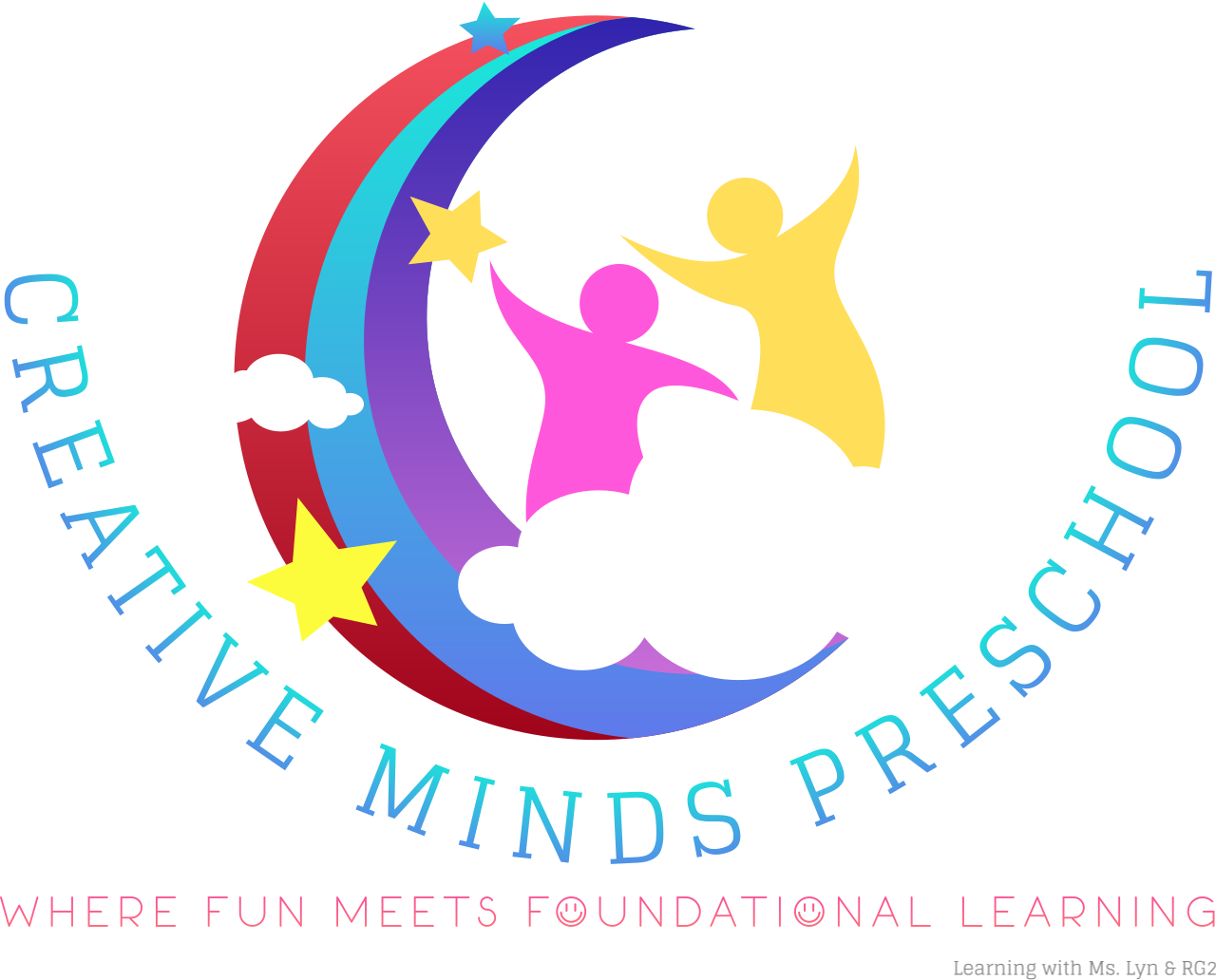Toddler Program
(18 months - 36 months )
Our Toddler Program provides an engaging space where toddlers can safely explore, play, learn, and develop. We offer the children rich art, music, language, and sensory experiences. We encouraged toddlers to express themselves with words instead of actions.
NUMBERS - Introduce and begin recognize number 1-10 through games, songs, and hands on activities.
COLORS - Recognize 8 basic colors: red, blue, yellow, green, orange, purple, brown and black.
SHAPES - Begin to recognize 8 basic shapes: circle, square, rectangle, triangle, oval, star, diamond and octagon.
ALPHABET - Introduce and begin to recognize letters.
FINE MOTOR SKILLS - Improve hand coordination through play using a variety of materials: Playdough, puzzles, finger play, art projects and more.
GROSS MOTOR SKILLS - Improve large motor skills with directed physical activities: running, jumping, hopping etc..... we make children aware of several body parts.
LANGUAGE ARTS - Improve language skills through circle time, songs, play, listening and discussing stories and more.
ARTS/CRAFTS - Simple arts are encouraged with a variety of materials.
Preschool/Pre-K Curriculum
(3 years old - 5 years old)
Our Preschool/Prek program offers a blend of structured learning, play, and real-world exploration to meet your child’s unique needs as well as we designed to inspire curiosity, promote growth, and prepare them for success in kindergarten and beyond.
Math
Matching: objects, symbols, shapes, patterns, etc.
Same and Different
Sorting by various attributes: color, shape, size
Patterns: AB, AABB, ABC, and possibly AAB, ABB
Identify numerals 1-10 or more
Counting objects to 10 or more
One-to-one correspondence of objects when counting
Sizes: small, medium, large (3 – 5 sizes)
Shapes: square, rectangle, circle, triangle, oval, hexagon, rhombus (diamond)
More, Less, Same
Time: Day and Night, Sand Timer
Weight: Example, what weighs more or less in a balance scale
Measuring with non-standard units
Literacy
Exposure to alphabet: letter names and sounds
Recognize, spell, write first name
Hold a pencil, marker, crayon correctly
Retell familiar stories
Draw pictures and dictate sentences about stories and experiences
Answer questions about stories
Repeat simple nursery rhymes and fingerplays
Phonological Awareness: rhyming, syllables, alliteration
Concepts of print: left to right direction, holding a book right-side-up
Build new vocabulary
Build listening skills
Strengthen visual discrimination
Sequencing
Develop fine motor skills: play dough, scissors, writing utensils, Legos, etc.
Science
Explore science tools: magnets, prisms, magnifying glasses, etc.
Experience the world through nature walks, gardening, and other explorations
Observe insect life
Observe plant growth
Observe weather and plant life during each season
Measure and mix ingredients in cooking activities
Identify basic colors and explore color mixing
Make observational drawings and dictation
Explore the world with the five senses
Investigate animals, the homes they live in, the food they eat
Creative Arts
Explore a variety of art processes: painting, drawing, sculpture, weaving, collage, etc.
Use a variety of art materials: crayons, tempera paint, watercolor paint, colored pencils, markers, oil pastels, art chalk, clay
Experiment with mixing paint colors
Sing traditional songs and songs that enhance the curriculum
Participate in movement songs and dances
Use scarves, rhythm sticks, and bean bags to practice rhythms
Use a variety of children’s instruments
Participate in dramatic play
Dramatize familiar stories
Act out the movements and sounds of animals
Social Skills
Practice problem-solving skills in social situations
Work in groups or with a partner on a variety of projects
Share classroom materials with the group
Practice using manners: please, thank you, excuse me, table manners
Communicate his/her needs
Take care of his/her own basic needs: clean up, roll up nap pad, fasten clothing, use tissue as needed, etc.
State personal information: first and last name, age, school name, city, state, country
Explore types of work and workers
Explore modes of transportation
Participate in projects to help others in need
Contact us
Interested in working together? Fill out some info and we will be in touch shortly. We can’t wait to hear from you!
